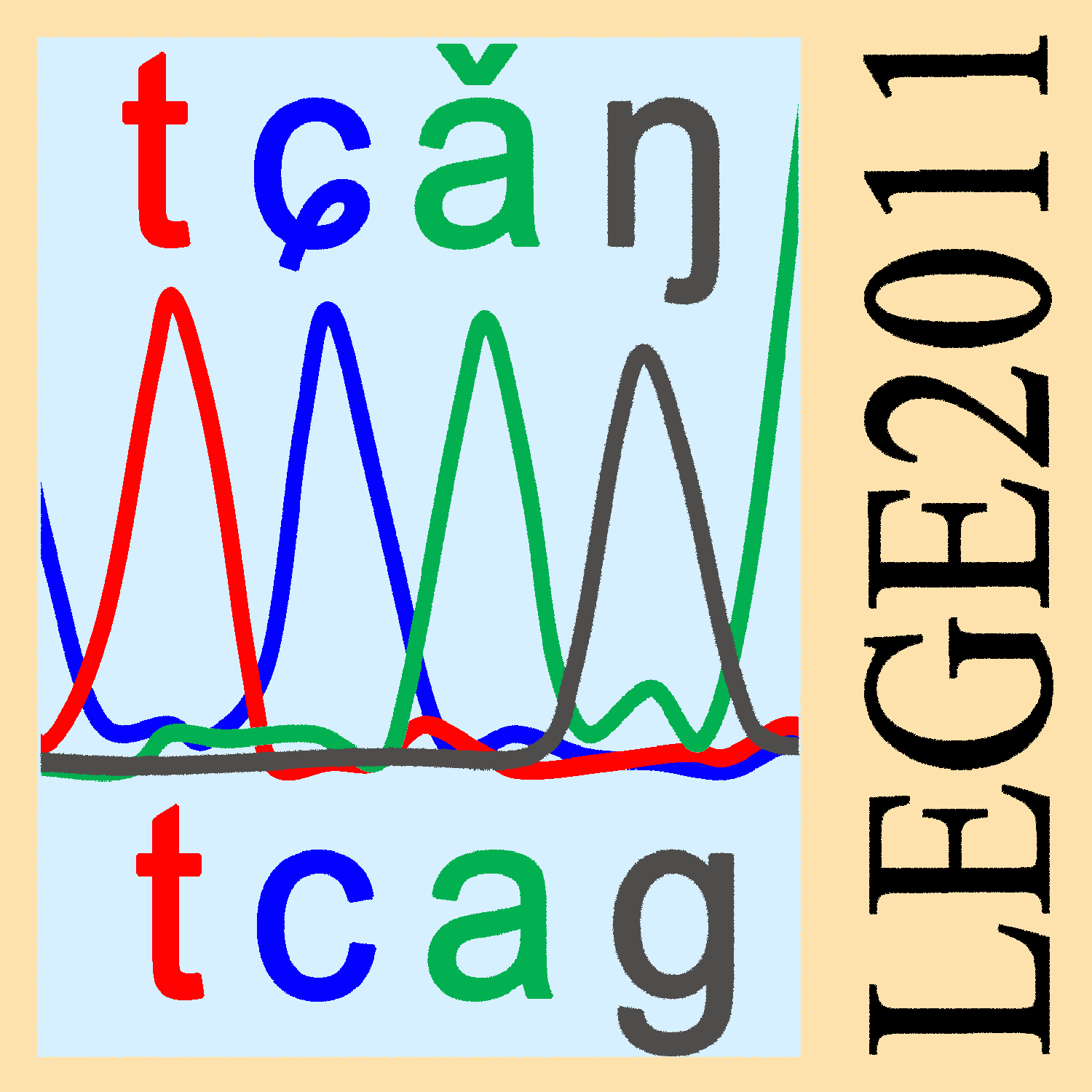 COM.on C.A.5:e20/135-142
Online published on
Dec.13, 2011.
COM.on C.A.5:e20/135-142
Online published on
Dec.13, 2011.doi:10.4236/coca.2011.51020
 COM.on C.A.5:e20/135-142
Online published on
Dec.13, 2011.
COM.on C.A.5:e20/135-142
Online published on
Dec.13, 2011.George van Driem
Universität Bern, Switzerland
Recieved: Sep.15, 2011 Accepted: Dec.3, 2011 Corresponding: vandriem@isw.unibe.ch
《现代人类学通讯》第五卷e20篇 第135-142页 2011年12月13日网上发行
会议报告
泛喜马拉雅语系揭示的人群史前史
無我
伯尔尼大学,瑞士
摘要:世界第二大语系从北到南跨越了喜马拉雅山。自从1823年首次确认,泛喜马拉雅语系被世人所知,并有了各种名称:藏缅语系、汉-喜马拉雅语系、印度-中国语系、汉藏语系、汉-基兰特语系。每一种名称其实都提出了不同的谱系关系模式。现在是时候抛弃那些主观经验主义的模式了。特别以汉语族为参照,整个语系的结构可以呈现。相比其它语系模式,泛喜马拉雅语系更符合历史语言学的新成果,也可以为其它领域提供更好的信息。
收稿日期:2011年9月15日
修回日期:2011年12月3日
联系人:無我
vandriem@isw.unibe.ch